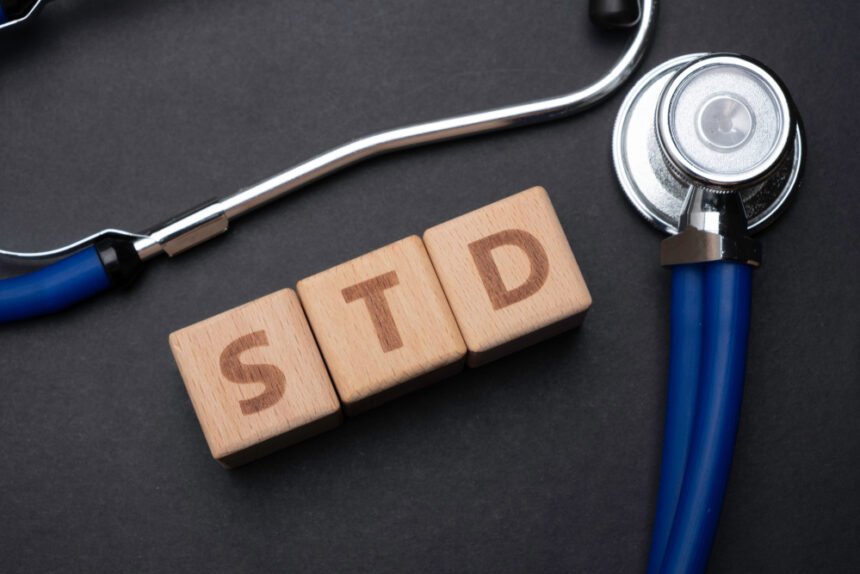HPV, or human papillomavirus, is the most common of all sexually transmitted diseases. According to the Center for Disease Control (CDC), HPV infects over 79 million Americans in any given year, with 14 million new cases added a year.
Once considered the #1 cause of cancer-related deaths in women, cervical cancer has dropped to # 15 of cancer deaths, but understanding the causes and catching cancer before it may spread (known as metastatic cancer) through screenings is crucial in overall women’s health.
For women, cervical cancer is a significant health concern afflicting over 13,000 women annually. In fact, for women over 30 years of age, the risk of cervical cancer can increase every year.
However, since the test became standard practice, the rate of cervical cancer has plunged 70% from previous occurrence rates, which is primarily due to the increasing examination through the PAP smear test.
HPV And Cervical Cancer
HPV is the primary cause of cervical cancer in women and is more common in individuals in their teen years to young adults in their early 20’s. Additionally, cancers of the vulva, vagina, penis, or anus are increased due to the presence of HPV.
The virus is spread primarily through direct vaginal or anal penetration. However, it is easily transmissible, and the incidence of infection may also stem from oral sex or even spread by skin-to-skin contact.
Research shows that HPV will go away for most individuals, though if it lingers, it is shown to lead to possible long-term health risks such as certain cervical cancers and sometimes, genital warts. Genital warts may appear on or around the groin and genitals. Genital warts can show themselves as small or large bumps, flat or raised in shape, or show up as small cauliflower polyps.
The incubation period for HPV can be years later that a person becomes symptomatic, and it will be nearly impossible to trace back the cause of infection. As such, it’s vital to get the HPV vaccine. Vaccinations are recommended as early as 12 years old and can be administered in adults until age 26.
Symptoms of Cervical Cancer
Cervical cancer is a hidden danger as it doesn’t exhibit symptoms in the early stages. In later stage development (including metastatic stage), symptoms may resemble those of other diseases and illnesses, so a doctor’s consultation is essential for a proper diagnosis. A diagnosis will eliminate other possible conditions. Through questioning and a PAP smear, it will adequately determine the extent of the issue.
- Cervical cancer symptoms to be aware of include light blood spots following a period, excessive blood flow during menstruation, bleeding after vaginal intercourse, douching, or a pelvic exam, among others.
Bleeding during sex or other vaginal penetration - Painful intercourse
- Excessive bleeding during a period
- Increased vaginal discharge
- Unusual and unexplained back pain
- Persistent pelvic pain
If symptoms are persistent, they should be brought to the attention of a primary care physician. They may be indicating severe health concerns for the individual, and a diagnosis and PAP smear may be needed to eliminate other possible health concerns.
How To Avoid HPV
For sexually active individuals, there are a few ways to avoid contracting HPV. The first is to get a vaccination as early as possible, beginning at 12 years of age. The second is to use latex condoms in the manner they are designed. Keep in mind that a latex condom will protect only the covered area, and HPV may contaminate other areas. Finally, being in a committed monogamous relationship or a single partner that is monogamous with you.
HPV and Cervical Cancer Screening For Expecting Mothers
For pregnant or planning to become pregnant individuals, there are several things you should discuss with your Obstetrician before and during your pregnancy, such as the family history of diseases, health history, and other risk factors.
As you progress through your pregnancy, there are several concerns to be aware of. There are issues of prenatal development, onset diabetes, and other risks associated with pregnancy. For the parent and fetus’s overall health and well-being, a complete health exam for both the mother and the fetus includes getting tested for various diseases, cervical and HPV cancer screenings.








